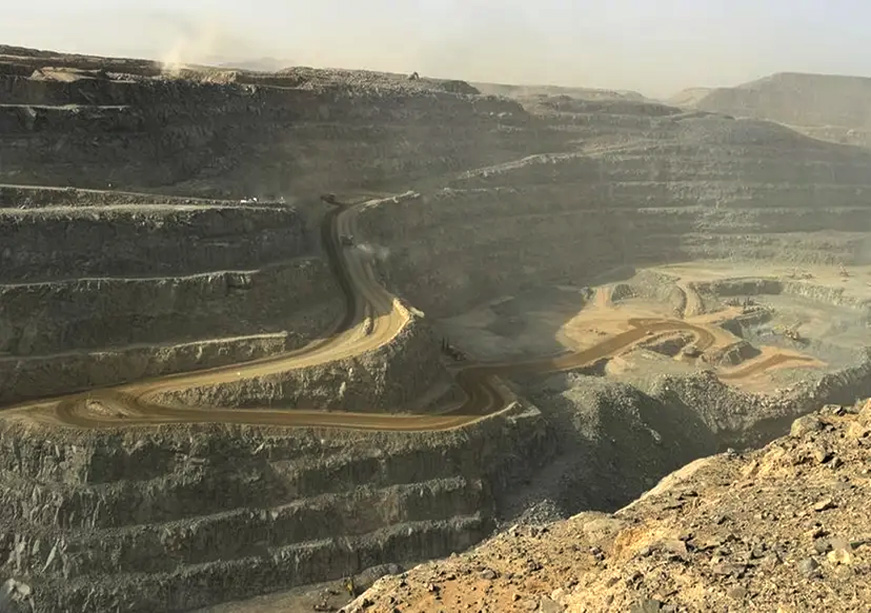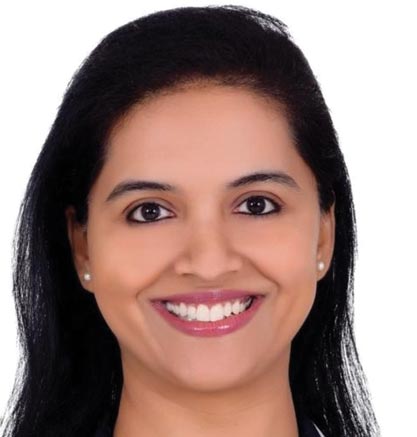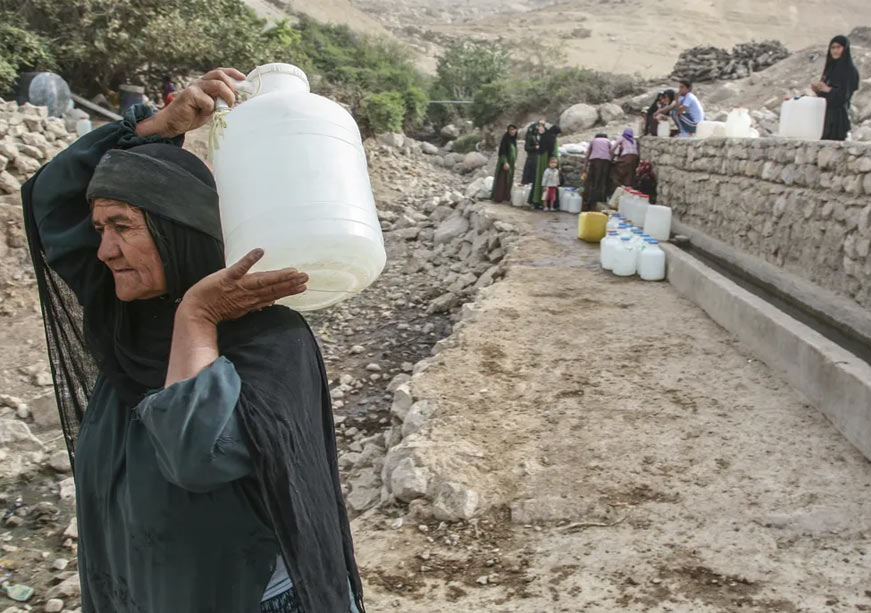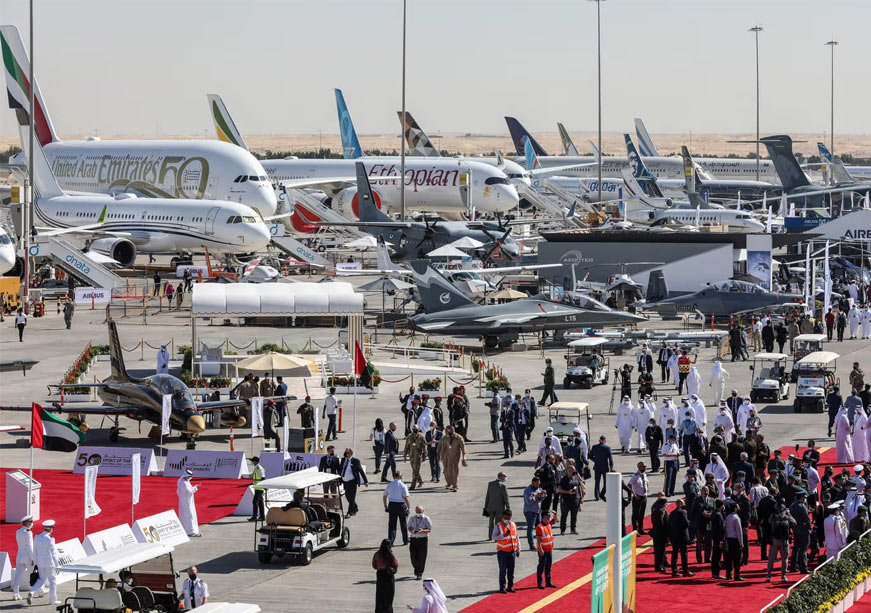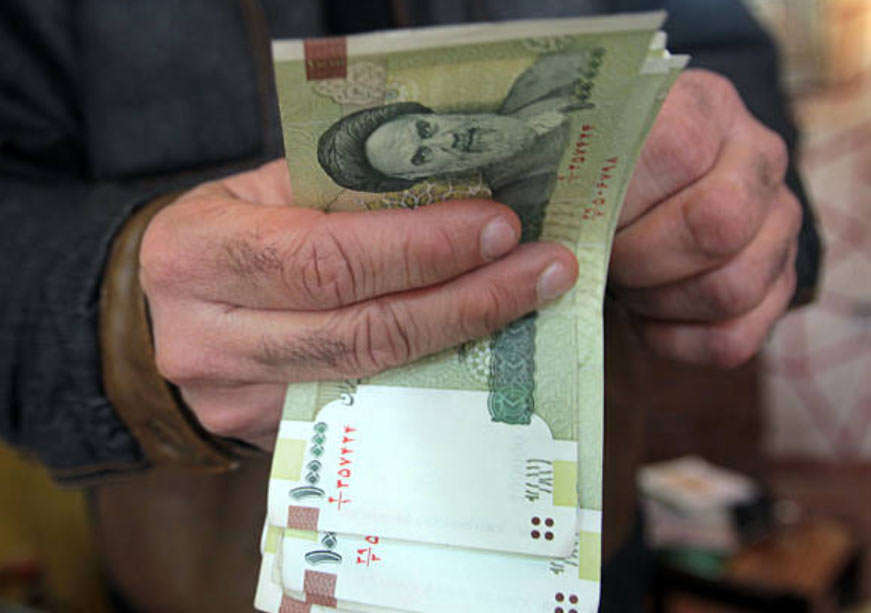Saudi Arabia is seeking to anchor its economic diversification strategy in critical minerals, leveraging its vast reserves, foreign partnerships, and regional positioning to gain industrial clout and geopolitical leverage in the global energy transition.
Saudi Arabia’s Vision 2030 document outlines its ambitions to capitalise on its substantial mineral base, yet another element of its resource wealth in addition to oil and gas. The multifarious use cases of these minerals, many of which have been identified as being critical, imply that related issues of availability and accessibility have significant geopolitical ramifications. Harnessing its transition minerals endowment would grant Riyadh leverage over the changing energy landscape being engineered by transition pathways and, by extension, the global political economy. Any meaningful hold over the sector would also bring Saudi Arabia the industrial and economic clout being forged in the data centres powered by these critical minerals — another domain the country and its partners are launching big bets on.
Economic and Industrial Value of Critical Minerals to Saudi Arabia
First, a systemic expansion of Saudi Arabia’s mining sector and development of its critical minerals processing capacity — a crucial bottleneck in global supply chains even in countries that are well-endowed with the minerals themselves — could contribute close to US$75 billion to the country’s GDP by 2030, an increase of more than US$50 billion from 2024 figures. Developing expertise in the mining and processing of critical minerals can then aid the development of downstream sectors such as magnet production and advanced electronics manufacturing. Cumulatively, this would translate into a vertical of substantive value that could prove central to Vision 2030’s economic diversification strategy.
A systemic expansion of Saudi Arabia’s mining sector and development of its critical minerals processing capacity — a crucial bottleneck in global supply chains even in countries that are well-endowed with the minerals themselves — could contribute close to US$75 billion to the country’s GDP by 2030, an increase of more than US$50 billion from 2024 figures.
Second, Saudi Arabia’s energy transition agenda aims at 130GW by 2030, with 50 percent coming from renewable energy sources. Fulfilment of the agenda demands the express installation and deployment of renewable energy projects nationally. Critical minerals are central to this agenda by being ubiquitous parts of the entire value chain of energy transition, ranging from the production of magnets to the harnessing of nuclear energy and green hydrogen, as well as the production of Electric Vehicles (EVs).
Notably, the impetus to decarbonise, along with the increased integration of renewable energy into the Saudi economic model, is a function not just of clean energy targets that the Kingdom has committed to. It makes ample fiduciary sense as well to this petrodollar-based economy. Greater integration of renewable options into domestic energy systems would enable more of its oil production to be used for conversion into downstream petrochemical products — a far more financially lucrative unit of output.
Third, the Public Investment Fund (PIF), the Saudi sovereign wealth fund, has announced a mammoth US$6 billion outlay to establish a mega data centre ecosystem. The Kingdom’s resilient grid-scale oil and gas-powered electricity abundance, the lowest costs of renewable energy anywhere in the world, its growing expertise in water desalination and management, and its central geographic position — both as a land-bridge between the larger MENA region and Europe, while also sitting atop a mesh of undersea data cables — serve to create substantial advantages for the country to emerge as a regional hub for digital infrastructure. Underwriting these advantages with access to domestically mined and processed critical minerals needed for these data centres would enable the Kingdom to build a cost-effective data infrastructure supported by a resilient minerals supply base.
Reserves of heavy rare earths like dysprosium and terbium, which are central to defence production, have been discovered in the country.
Fourth, reserves of heavy rare earths like dysprosium and terbium, which are central to defence production, have been discovered in the country. This could translate into an effective localisation of at least a part of defence manufacturing within the country, another potential industrial lever of geo-economic clout in the future. The successful extraction and processing of these minerals domestically increases Saudi Arabia’s value proposition as a defence partner, while also creating likely future pathways for high-technology transfers, given the value of defence manufacturing and trade in the sector to national security indices of other nations.
The Kingdom’s Critical Minerals Opportunity
Saudi Arabia’s geographical incidence and political economy offer it unique advantages in mitigating several chokepoints of the global critical minerals landscape, as shown in the following table.
| Challenges | Saudi Arabia’s propositions |
| Geographic concentration of resources | A lucrative, exploitable domestic minerals resource base valued at US$2.5 trillion |
| Lack of processing capacity | While the lack of expertise in this sector is a concern, the country is working on developing mining capabilities through foreign collaborations. Additionally, process engineering from its experience in the oil and gas sector could also prove beneficial. |
| Large capex requirements | Record of deploying patient capital, including financial incentives for exploration |
| Prohibitively intensive energy consumption patterns | In addition to abundant fossil fuels, the country has the lowest renewable energy costs in the world. It can also harness the added advantage of cleaner methods in the mining process, given its decarbonization commitments |
| Water-intensive process | While this is a challenge for the water-scarce country, it is investing heavily in and emerging as a significant player in the fields of desalination and water management |
| Shortage of human resources in the technically complex fields of mining, separation and processing | Offering lucrative incentives to global mining firms to set up shop domestically and inviting international experts to the kingdom. Multiple joint ventures and partnerships with established actors such as MP Materials, funded in part by the US DoD, are expected to help with knowledge transfers and training in the sector. |
A successful Saudi critical minerals portfolio alongside its enormous fossil fuel reserves could further entrench worrying global resource concentration. Admittedly, Riyadh is nowhere near that degree of influence or market capture today and depends to a great extent on foreign collaboration to propel its agenda in the domain. For instance, the geological survey that Saudi Arabia is conducting to map its resource wealth itself borrows from Chinese expertise in the field. Again, the country’s largest mining company, Ma’aden, has signed an MoU with the US-based MP Materials that will prove vital to developing an integrated critical minerals value chain. While it forges multiple such partnerships to develop its capacities in the field, Saudi Arabia’s emergence as a dependable partner and a responsible actor in the domain must consciously also be tailored to distinguish its approach from the Chinese model of weaponisation of resources.
Positioning Saudi Arabia as a Critical Minerals Hub
Saudi Arabia has previously floated the idea of a Commodities Exchange for battery components in order to enhance transparency in the market. A natural corollary to such a measure would be participation in the creation of international regulatory frameworks and permitting regimes. Actualising this would allow Riyadh to exert influence over both these issues and position itself as a critical minerals hub where fragmented frameworks in the field could be streamlined.
In addition, Saudi Arabia has been increasing its stake in the global electric vehicles (EV) race. Successful extraction and processing of transition minerals such as cobalt, lithium and nickel domestically, then, offers the country considerable leverage in terms of cost-effectiveness and dependable supply chains. The PIF’s support for Saudi Arabia’s local EV company Ceer’s rather ambitious 300,000 unit output by 2030, along with its growing acquisition of stakes in EV companies such as Lucid Motors, reflects a long-lasting commitment to a sector that could benefit from localised minerals supply chains.
Saudi Arabia neatly fits into the template for ‘friendshoring’ born of the associated needs of resilient supply chains, energy transitions, diversified manufacturing bases and stockpiling of critical minerals of many partners.
Riyadh’s most important play through the development of the sector may, though, be geopolitical. Saudi Arabia neatly fits into the template for ‘friendshoring’ born of the associated needs of resilient supply chains, energy transitions, diversified manufacturing bases and stockpiling of critical minerals of many partners. As resource nationalism increases, and demands of local content inclusions grow in China, Africa and Latin America — current bastions of the critical minerals supply chains — Saudi Arabia can establish itself as a valuable gateway to these geographies and a reliable partner that could help diversify and de-risk the portfolios of partners ranging from the US, the EU, the UK, to India and the UAE.
Regional Clustering in the Gulf
While the UAE, with its own critical minerals strategy and international asset acquisitions, is undoubtedly competing with Saudi Arabia in the domain, there is a fundamental advantage that a kind of clustering of investment, logistics and skills as part of a robust cooperative framework between the two could generate. Such clustering could address the waste inherent in the fragmentation that would naturally be caused by the two Gulf neighbours competing individually against first movers in the domain, like the Chinese.
Collectively, the two Gulf partners sit at the heart of connectivity corridors such as the IMEC, which prioritise data centres, clean energy, and resilient supply chains. Supplementing each other’s efforts in the domain, while focusing on consolidating national strength where necessary or possible, could offer both Abu Dhabi and Riyadh an opportunity to capitalise on their combined strengths and earn more manoeuvring room internationally. Such a partnership could help forge a point of leverage for the GCC through the creation of regional minimum pricing architectures that would increase prices in order to make investments in the sector more lucrative. This could offer a fillip to the efforts by these countries to attract global hyperscalers looking to invest in emerging tech and data centres across varied geographies. Discussions regarding a Mineral Innovation and Acceleration Park and green metal hubs have both been broached by the Saudi Ministry of Mining, and could prove to be excellent starting points to explore such bilateral cooperation.
Cauvery Ganapathy is Non-Resident Fellow, ORF Middle East.

